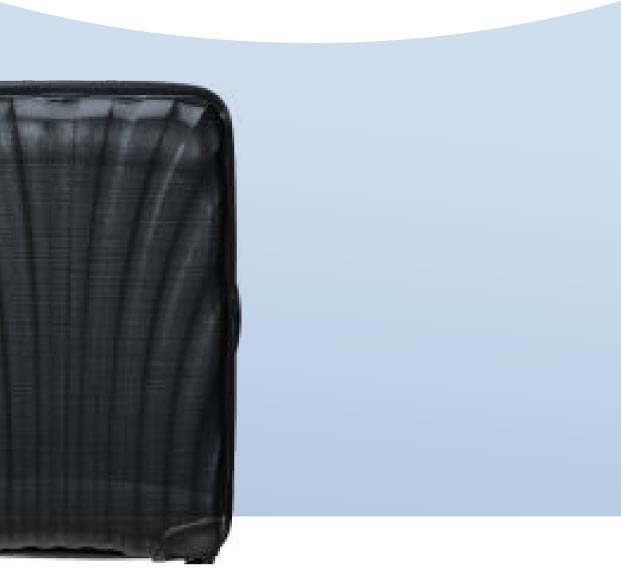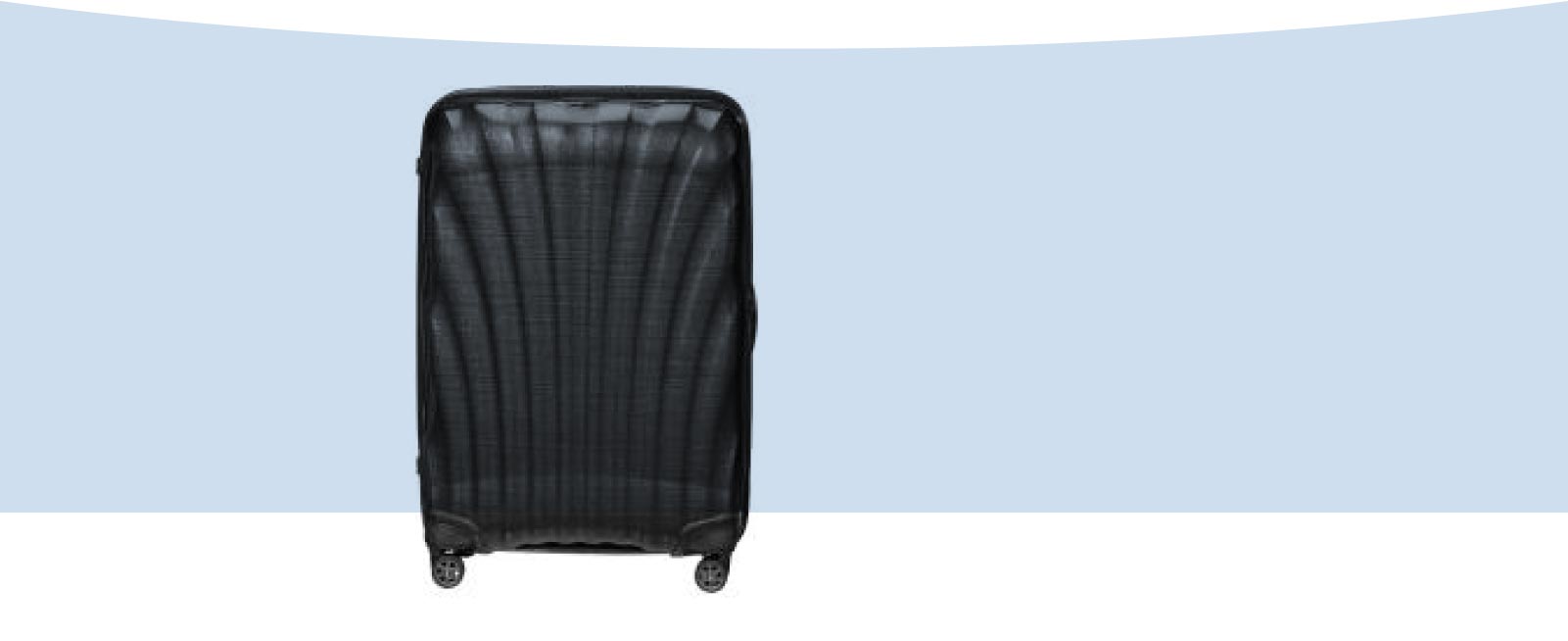RECEIVE THE EXCLUSIVE WELCOME OFFER
Sign up to become our Green members: Receive the welcome gift upon purchase of HK$2,000
We proudly introduce C-Lite.
This
top-notch and made in
Europe
collection is incredibly
light and its
outstanding
comfort will make your
journey
even more delightful.


SMOOTH
MULTI DIRECTIONAL
WHEELS

SUPREME
LIGHT WEIGHT
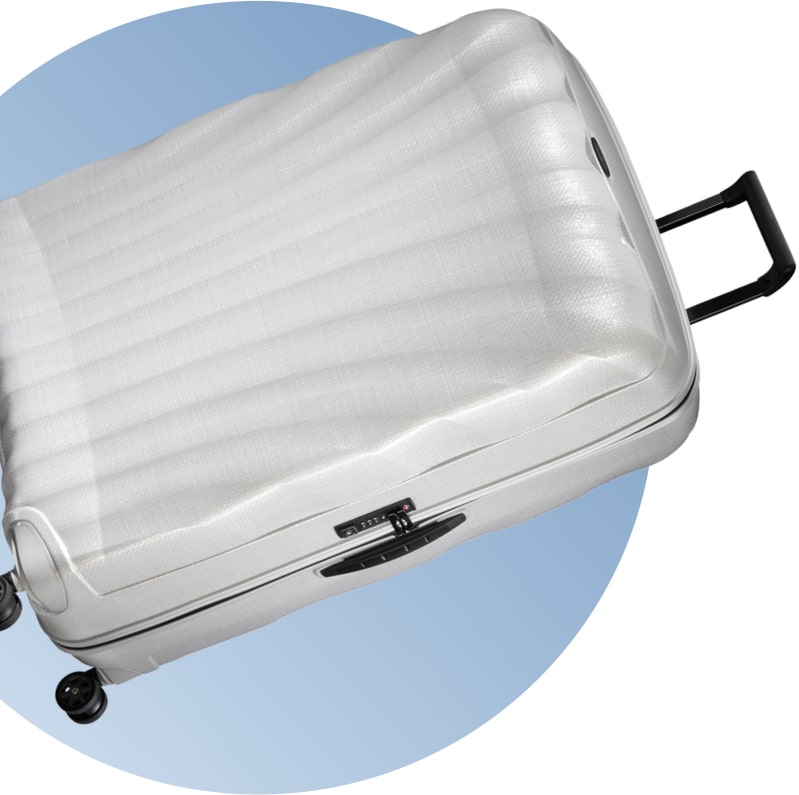
RICH PACKING
FEATURES


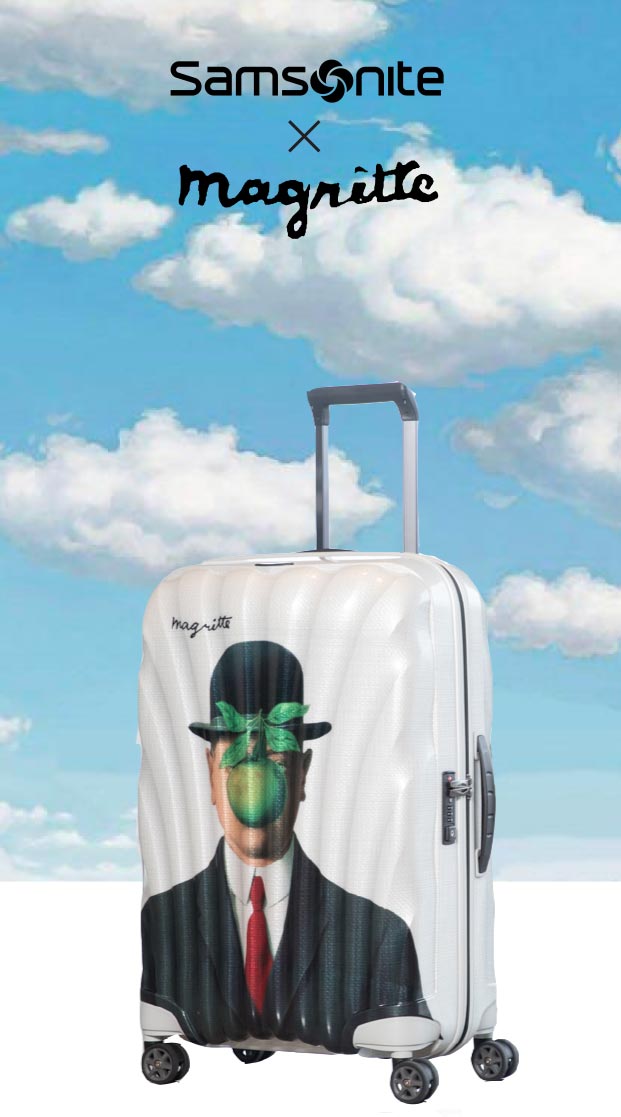
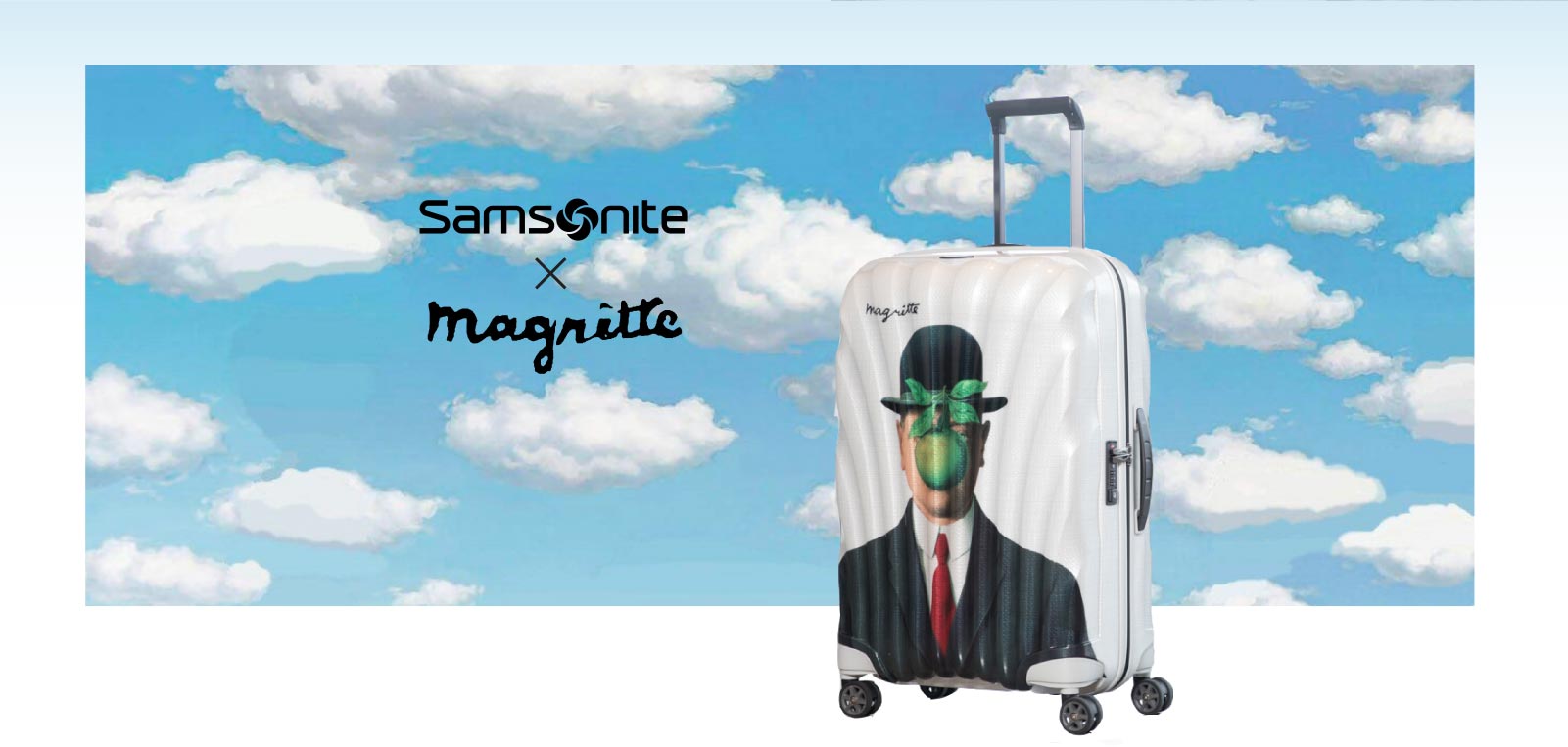
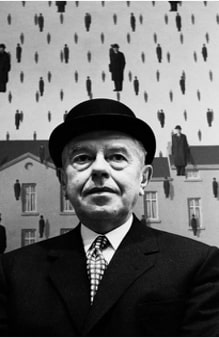
Artist Iamge, © Duane Michals, 1965
René Magritte (1898 – 1967) is the most important and well known painter of Belgium. He has an important international reputation.
Magritte's work frequently displays a collection of ordinary objects in an unusual context, giving new meanings to familiar things. The use of objects as other than what they seem is typified in his painting ‘The Treachery of the Images’ (La trahison des images), which shows a pipe that looks as though it is a model for a tobacco store advertisement.
Magritte's style of surrealism is more representational than the "automatic" style of artists such as Joan Miró. Magritte's use of ordinary objects in unfamiliar spaces is joined to his desire to create poetic imagery. He described the act of painting as "the art of putting colors side by side in such a way that their real aspect is effaced, so that familiar objects—the sky, people, trees, mountains, furniture, the stars, solid structures, graffiti—become united in a single poetically disciplined image. The poetry of this image dispenses with any symbolic significance, old or new."
René Magritte described his paintings as "visible images which conceal nothing; they evoke mystery and, indeed, when one sees one of my pictures, one asks oneself this simple question, 'What does that mean?'. It does not mean anything, because mystery means nothing either, it is unknowable."
The most important Belgian surrealist seduces and impresses us with his images of birds and clouds, floating little men with bowler hats, a train who comes out of a chimney…
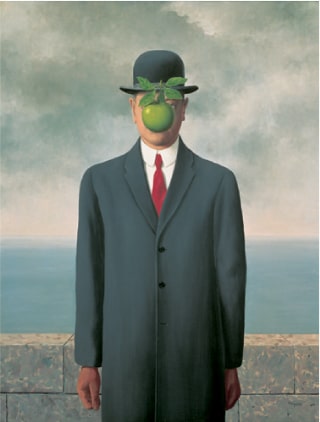
Le fils de l’homme, 1964
Oil on canvas, 116 x 89 cm
©C.H./ADAGP, Paris 2020
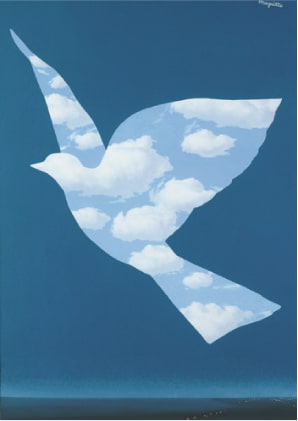
L’Oiseau dde ciel, 1966
Oil on canvas, 68,5 x 48 cm
©C.H./ADAGP, Paris 2020


